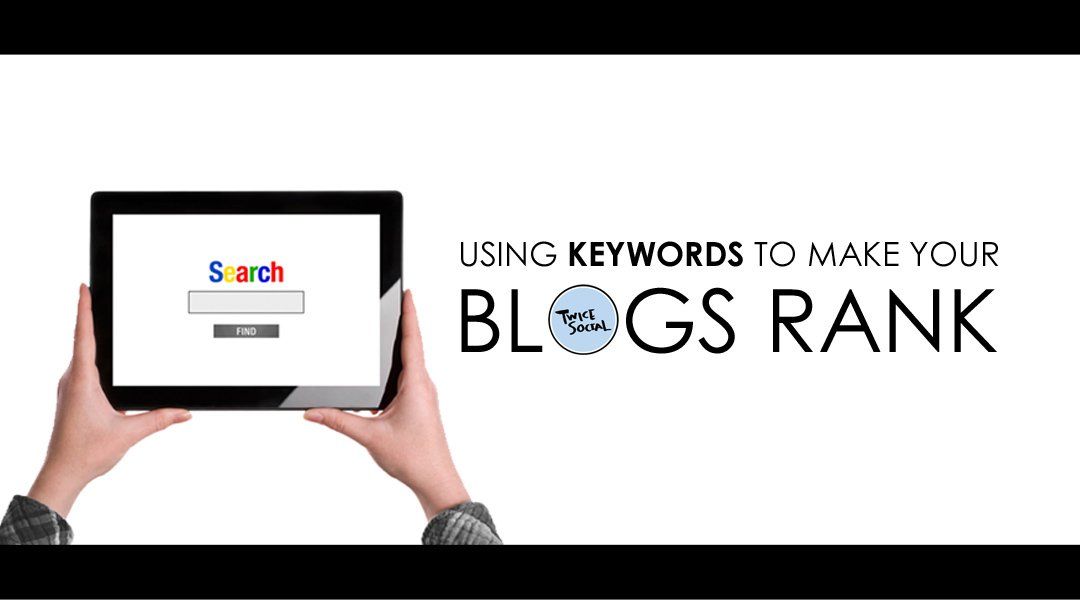Why Data Doesn’t Tell A Story


Note: this blog uses ‘data’ to mean ‘a body of facts’ and not as a plural of datum.
Expectations are high in the current age of advertising. The digital age has offered more opportunities to sell products and convey a company’s message, but there’s also little time to grab attention and make an impact. We’re also seeing the rise of disinformation, which means that audiences are at a greater disconnect than ever with the information they receive.
When you’re selling a product, data is lauded as the fast track to credibility. However, data alone isn’t enough.
Why? It’s simple - data reflects piece(s) of an event:


However, by definition, a story is the telling of either a whole event or when there is a connected series of events.
So while data plays a vital supporting role, it’s only when everything is put together and the story is told that its significance can truly emerge:

Data doesn’t engage the emotions without a narrative. Unless someone is already an expert in the field, data will always require some sort of explanation…or context…or narrative.
Data tells you…
• Where to focus your narrative.
• Which components are most important.
• Where there might be interesting connections or relationships
But each has its own power…
• Data should be used to reflect; stories should be used to influence
• Data is about eliminating mystery; stories should try and create it
• Data should fluctuate across time; stories should reflect timeless truths
When data is communicated properly through the context of a story, it helps create meaning and inspire action. For marketers especially, there should be no compromise: story first, data second.
It’s how to get to happily ever after for both you and your clients.
The End.
—
If you’re looking to hire a marketing company that knows how to communicate your message in a story, please visit our website or send a message today. We love to chat!











